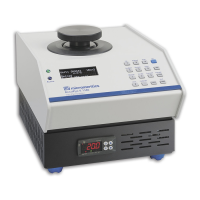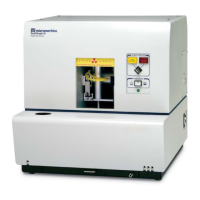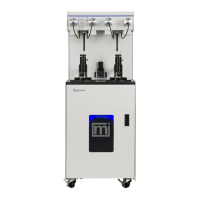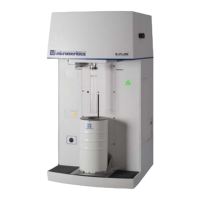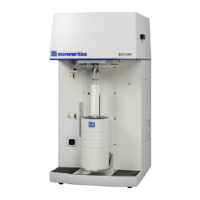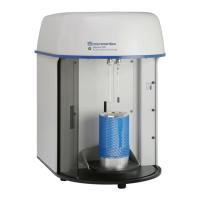This model is particularly useful for characterizing oxides and H+ and (NH4)+ exchanged zeolites.
The reported pore size range is from 3.5 to 300 angstroms.
Ar - Zeolites Me-Form by NLDFT
Geometry: Cylinder
Substrate: Zeolite
Category: Porosity
Method: Argon at 77 K
Model isotherms were calculated using the prescriptions of Tarazona for density dependent
weighting functions and cylindrical pore geometry. The pore wall potential is described by the
Lennard-Jones potential of interaction between a gas molecule and the oxide surface of an
infinitely long cylinder.
This model is similar to the model above, but it more appropriate is for characterizing alkali metal
exchanged zeolites. The reported pore size range is from 3.5 to 300 angstroms.
MODELS BASED ON CLASSICAL THEORIES
Both surface energy distribution and pore size distribution may be evaluated using classical
approaches to model kernel functions for use with equation (1) of the DFTTheory. The
Calculations document can be found on the Micromeritics web page (www.micromeritics.com). Be
aware that the deconvolution method only provides a fitting mechanism; it does not overcome any
inherent shortcomings in the underlying theory.
SURFACE ENERGY
The use of classical theories to extract adsorptive potential distribution is mostly of historical
interest. At a minimum, the equation must contain a parameter dependent on adsorption energy
and another dependent on monolayer capacity or surface area. This is sufficient to permit the
calculation of the set of model isotherms that is used to create a library model. The Langmuir
equation has been used in the past, as have the Hill-de Boer equation and the Fowler-
Guggenheim equation. All of these suffer from the fact that they only describe monolayer
adsorption, whereas the data may include contributions from multilayer formation.
Models Based on Classical Theories
TriStar II Plus Operator Manual
303-42800-01 (Rev M ) — Sep 2023
B - 13
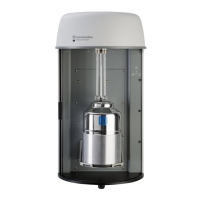
